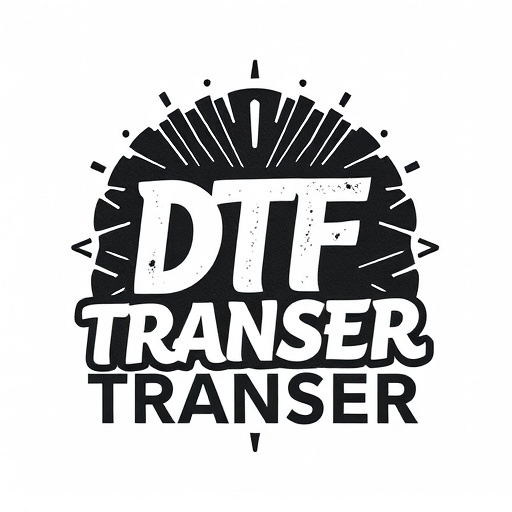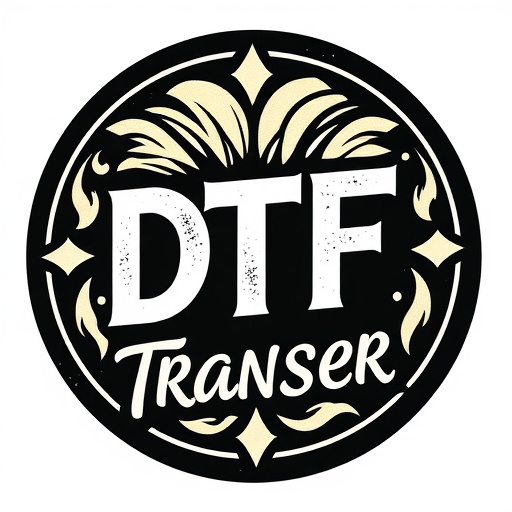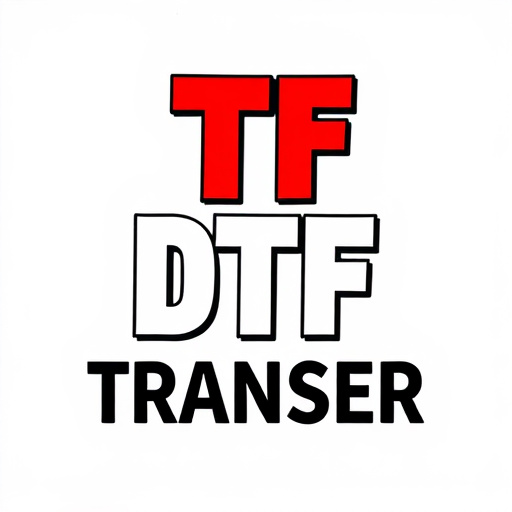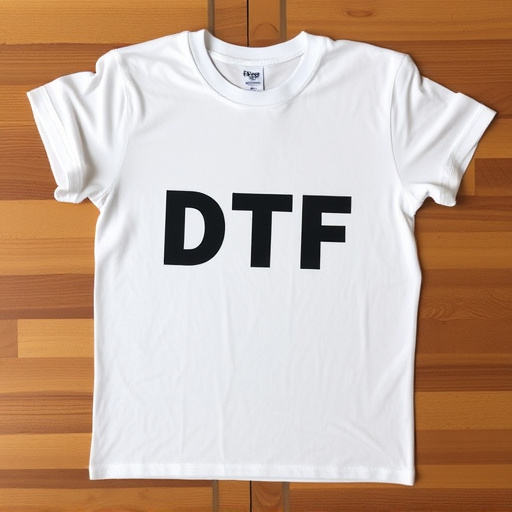Direct-to-Film (DTF) transfer technology is a cutting-edge printing method that simplifies custom print production with advanced, efficient, and cost-effective solutions. Ideal for product branding, serial numbering, and date coding on diverse materials like metal, plastic, and glass, DTF prints offer exceptional durability against environmental damage. Critical components for heavy-duty DTF systems include robust printers, high-quality films, and specialized inks. Integrating DTF transfers into manufacturing involves selecting appropriate materials, optimizing workflows, and implementing quality control measures to ensure consistent, precise results. Case studies across automotive, electronics, and textile industries highlight DTF's adaptability and benefits in enhancing productivity and product quality.
“Revolutionize your manufacturing processes with heavy-duty direct-to-film (DTF) transfers—a game-changer for durable, high-quality prints. This article explores the transformative power of DTF technology in various industries. From understanding the core principles to choosing optimal materials and seamless integration, we delve into the key components ensuring long-lasting results. Discover how DTF offers numerous advantages, including enhanced productivity and cost-effectiveness. Explore successful case studies and unlock the potential of DTF prints for your manufacturing needs.”
- Understanding Direct-to-Film (DTF) Transfer Technology
- Advantages of DTF for Manufacturing Applications
- Key Components of a Heavy-Duty DTF System
- Choosing the Right Materials for Longevity and Quality
- Integration and Setup Considerations for Seamless Production
- Case Studies: Successful DTF Implementation in Various Industries
Understanding Direct-to-Film (DTF) Transfer Technology

Direct-to-Film (DTF) transfer technology is a cutting-edge printing method that has revolutionized manufacturing processes, particularly for creating durable and high-quality marks on various surfaces. This innovative process involves transferring inks or coatings directly onto a film, which is then applied to the desired substrate, offering a fast and efficient solution for industrial marking. DTF prints are renowned for their exceptional durability, making them ideal for environments where longevity is essential.
The DTF transfer process begins with preparing the film, which acts as a carrier for the ink or coating. This film is precisely designed to accept and retain the desired image or pattern. Once ready, the DTF print is applied to the target material using heat and pressure, ensuring a precise and long-lasting mark. This technology is particularly advantageous in manufacturing due to its versatility; it can be used on diverse materials, including metal, plastic, glass, and more, making it a game-changer for custom product branding, serial numbering, and date coding.
Advantages of DTF for Manufacturing Applications

Direct-to-film (DTF) transfers offer numerous benefits for manufacturing environments, revolutionizing the way custom prints and designs are achieved. This advanced printing method eliminates the need for complex set-up processes typically associated with traditional printing techniques, making it an efficient and cost-effective solution. With DTF, manufacturers can swiftly produce high-quality, durable prints directly onto various materials, including metal, plastic, and wood.
One of the key advantages is its versatility; DTF Printing allows for intricate and detailed designs, ensuring every element of a logo or graphic is accurately replicated. This technology produces vibrant DTF prints with excellent color accuracy, making it ideal for brand promotion and product customization. Additionally, DTF transfers provide exceptional durability, resisting scratches, fading, and harsh environmental conditions, ensuring the longevity of the applied graphics.
Key Components of a Heavy-Duty DTF System

The success of a heavy-duty direct-to-film (DTF) transfer system hinges on several key components designed to withstand demanding manufacturing environments. Firstly, the DTF printer itself plays a pivotal role; robust machines with advanced technologies ensure precise and reliable printing of intricate designs onto various materials. These printers are built to handle high volumes, frequent use, and harsh conditions without compromising print quality.
Complementing the printer are consumables that meet stringent industry standards. High-quality DTF films and inks specifically formulated for heavy-duty applications are essential. These materials must offer exceptional durability, resistance to chemicals and extreme temperatures, and consistent adhesion to ensure long-lasting, high-performance DTF prints. Furthermore, an integrated cutting system capable of handling robust materials efficiently contributes to the overall efficiency and effectiveness of the transfer process.
Choosing the Right Materials for Longevity and Quality
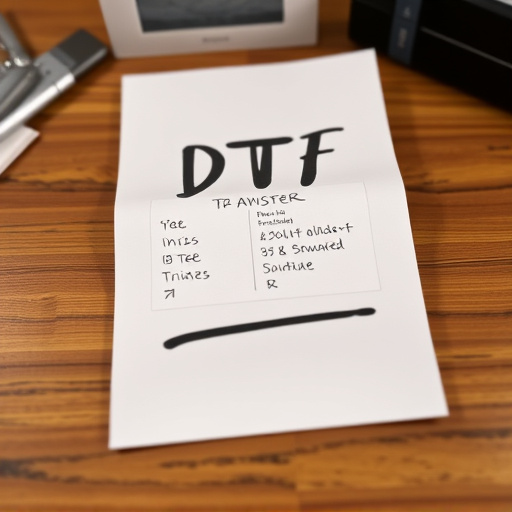
When selecting materials for heavy-duty DTF (Direct-to-Film) transfers intended for manufacturing environments, longevity and quality should be top priorities. Opting for robust, industrial-grade films designed to withstand harsh conditions ensures that DTF prints remain legible and intact during the production process. These specialized materials offer enhanced durability against chemicals, extreme temperatures, and mechanical stress, making them ideal for demanding manufacturing applications.
Choosing the right film type directly impacts the final product’s quality. Look for DTF transfer films with excellent colorfastness to prevent color fading or shift over time. Additionally, consider films with superior adhesion properties to ensure prints firmly adhere to various substrates, preventing peeling or cracking. The right material selection guarantees that DTF printing delivers reliable and high-quality results, meeting the stringent demands of manufacturing operations.
Integration and Setup Considerations for Seamless Production

The successful integration of Heavy-duty Direct-to-Film (DTF) transfers into manufacturing environments hinges on thoughtful setup considerations. These include assessing the suitable DTF transfer materials for specific application needs, ensuring compatibility with existing production equipment, and optimizing workflow processes to minimize downtime and maximize efficiency. A comprehensive understanding of material properties and their interactions with various substrates is crucial for achieving high-quality, durable DTF prints.
Setup also involves configuring print settings, calibrating machines, and implementing quality control measures. By carefully considering these aspects, manufacturers can streamline production, reduce errors, and obtain consistent, precise DTF transfers, enhancing overall productivity and product quality.
Case Studies: Successful DTF Implementation in Various Industries
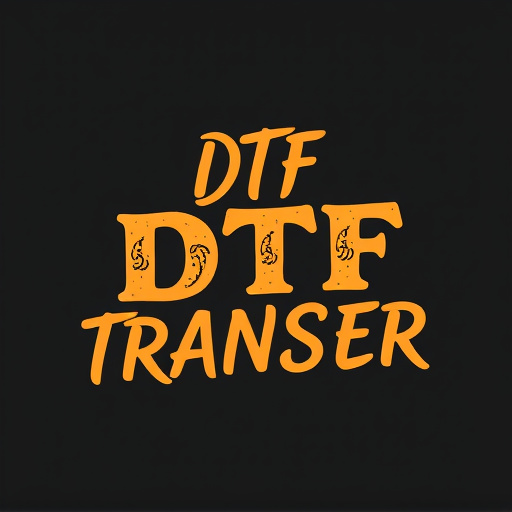
Direct-to-film (DTF) transfers have proven to be a game-changer in various manufacturing sectors, offering efficient and precise printing solutions. Case studies across different industries highlight the versatility and benefits of DTF technology. For example, in the automotive industry, DTF prints are used for durable and high-quality markings on vehicle parts, ensuring precision during assembly. This method eliminates the need for expensive mold-making processes, making it an affordable option for custom part labeling.
Another successful implementation is seen in electronics manufacturing where DTF transfers facilitate the creation of intricate designs on circuit boards. The technology’s ability to handle fine lines and precise patterns ensures the production of high-performance components. Moreover, DTF printing has found its place in textile manufacturing, enabling the direct application of complex designs onto fabrics, revolutionizing custom clothing and fashion industries. These diverse applications showcase how DTF transfers can adapt to meet the unique requirements of various sectors.









